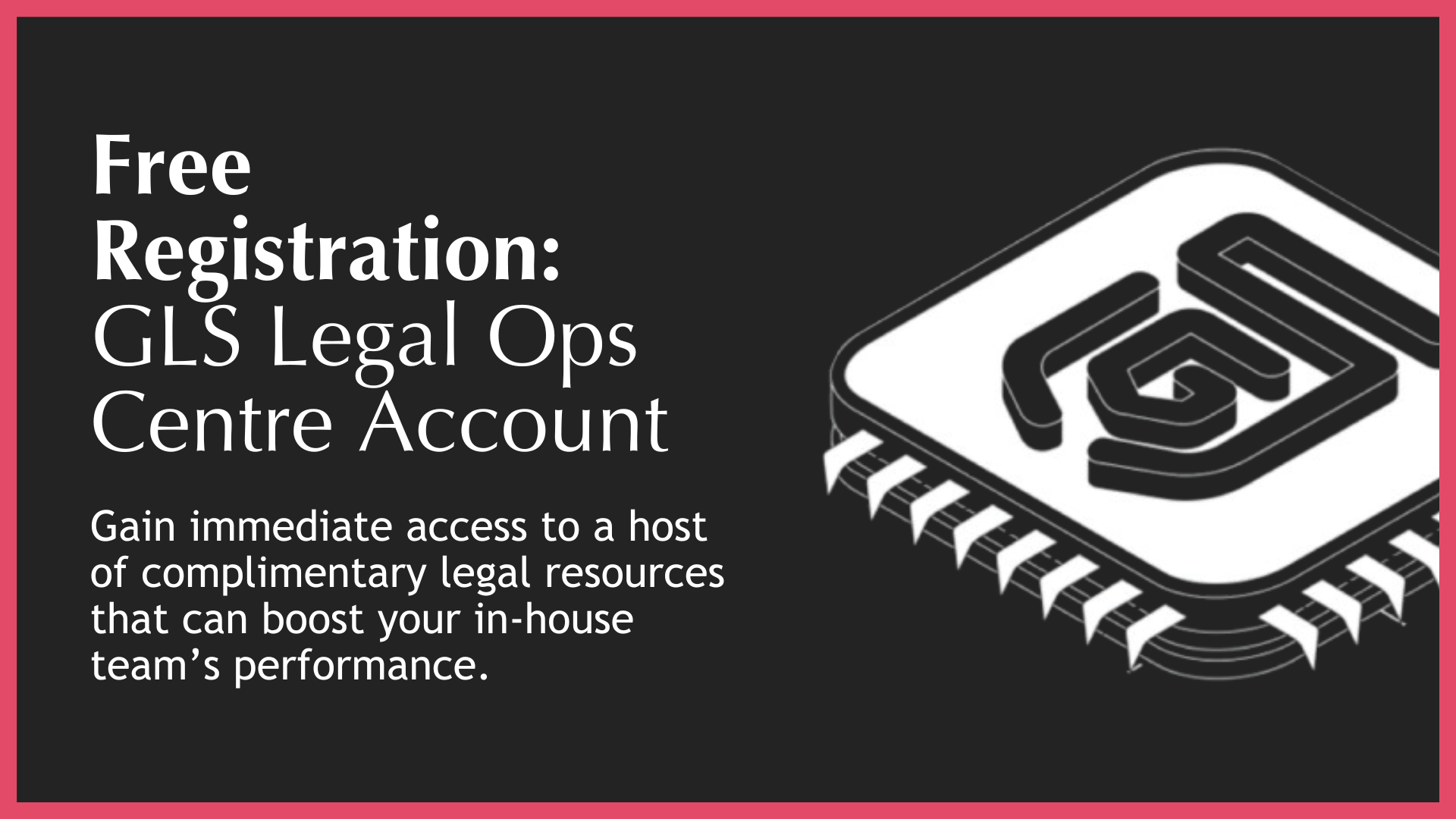Back
Legal Team Skills: Rid Your Documents Of Typos
5 mins • 06 Dec 20
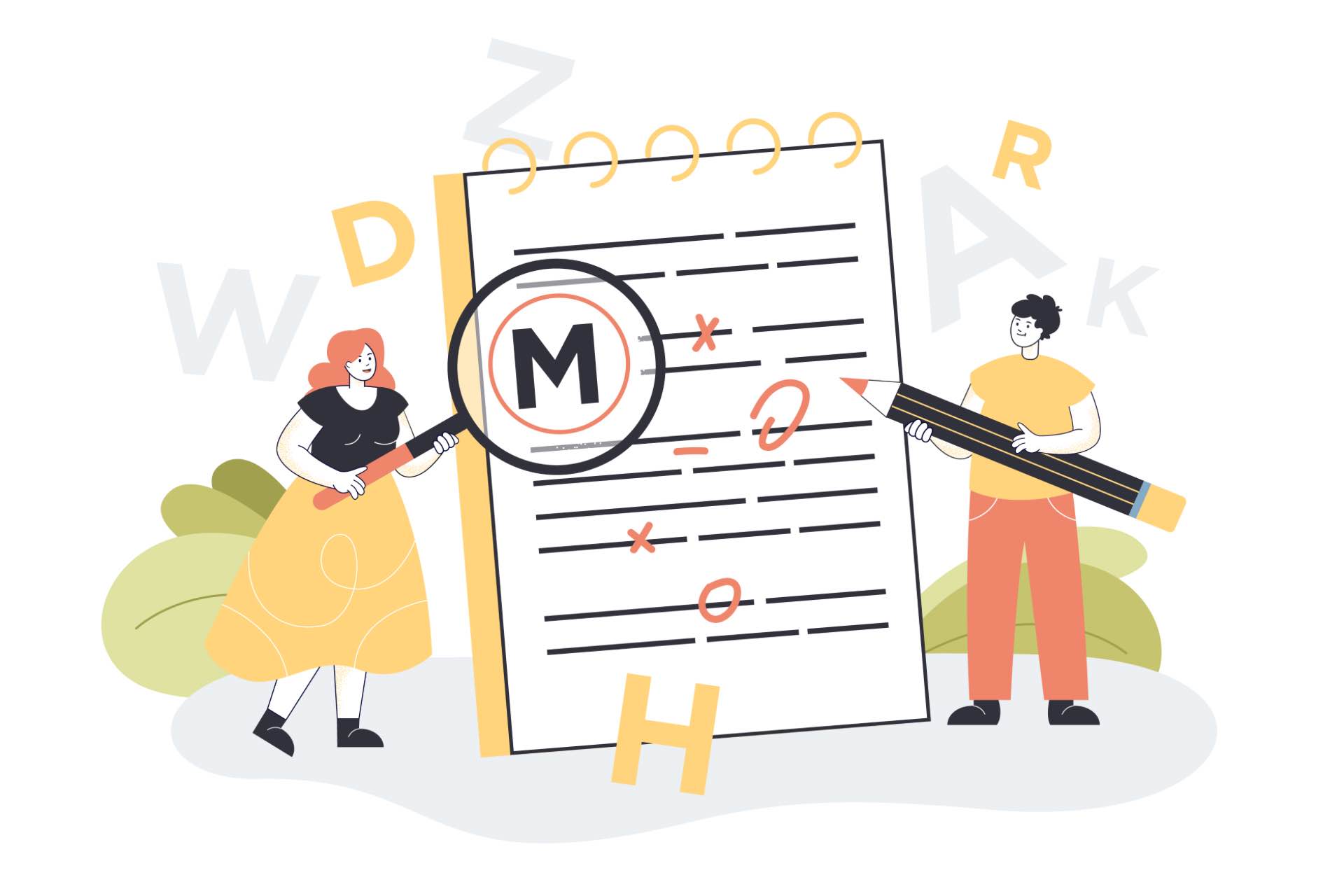
“When I was in high school, I belonged to a band called the “Happy Funk Band”. Until an unfortunate typo caused us to be expelled from school...” - Colin Mochrie
Rid Your Documents Of Typos With GLS Proofreading Tips
9 mins • 27 Dec 22
Typos cause professional embarrassment - they are the enemy of legal practice.
Given that the culmination of legal advice is almost always a written document of some sort - whether in the form of an opinion, transaction document, or an application to the supreme court - clear and precise documentation is one of the most frequently utilized vessels through which lawyering is delivered.
As such, proofreading is an important part of what lawyers do. In this Blog, we ask the question of whether is it something that lawyers must themselves be doing all the time?
We examine:
- why proofreading is important;
- whether lawyer productivity is being diluted by proofreading tasks;
- what a good framework for effective proofreading looks like;
- how to get good/better at proofreading; and
- what to look for when proofreading.
Okay - here we go - let's try and find some solutions to a major bugbear of many lawyers. Also, to “lift the curtain” on an issue - certain words have in this Blog been spelled in multiple ways, this is not us failing to take our own advice, it is simply to drive SEO and get as many eyes as possible on this important and practical issue!
Why must solicitors be good at proof reading?
Documentation excellence is, of course, in and of itself highly desirable - not just for the quality of legal work - but also for the future of the solicitor themselves.
In private practice, senior lawyers actively seek out trainees and junior lawyers that represent proof reading excellence.
Of course, the same could be said of the secretary that also had an “eye for detail”, they are all considered to be a tremendous asset to the team. Further, in the context of a legal team, documentation excellence should be considered a shared responsibility - with everyone having a role to play.
In the context of “modern in-house legal teams” (and for all lawyers for that matter) the principal purpose of proofreading is to:
- avoid points of ambiguity / potential miscommunication;
- avoid basic errors that undermine the professional reputation of the company;
- correct inconsistencies within the document;
- ensure the accuracy of whatever it is that is being communicated/agreed upon;
- ensure the logical flow and coherence of the points covered in the document; and
- ensure formatting is applied correctly and consistently so that the document is “easy to read” and comprehensible.
As such, proof reading is an exceptionally important vocational skill that you must be really good at regardless of whether you describe yourself as a lawyer, attorney or solicitor.
Moreover, no matter how smart you are, if you are not good at proof reading the perception of your legal abilities can easily be tarnished, which will impact your career trajectory. This is just a fact - if you can't spell correctly how can a client trust your advice?
How much time are lawyers spending proof reading?
Lawyers on both sides of the in-house/private practice divide spend inordinate amounts of time proofreading documents, but unlike the lawyers in private practice the in-house lawyers do not get to charge their clients hundreds/thousands of dollars per hour to do so.
Consider your own day as an in-house lawyer. How much of your work with a document (contracts, advice, emails, presentations, etc.) is legitimately "lawyering" (i.e. delivering value) as opposed to mere proofreading (i.e. documentation editing)?
Our research indicates that most lawyers spend around 1.5 to 2 hours every day on what can be described as simple proofreading. Think about that - that is between 7.5 to 10 hours per week ... or 390 to 520 hours a year - just on proof reading!
If you were in private practice those numbers grow exponentially. In fact, we estimate that more than 40% of the billable hours of a private practice lawyer up to 4-years PQE relates almost entirely to proofreading documents. Do the math on that - an 1800 billable hour target - 40% of that is 720 hours at US$480 per hour - well that is US$345,600 dollars made for the partnership from what is effectively proofreading.
Larger international law firms make a huge amount of their money from junior lawyers doing proof reading. Law firms do not mind whether their lawyers spend an hour proof reading, researching, negotiating, drafting, etc. Regardless of the activity, it all adds up to the same hourly rate charged to the client in the name of “legal services.”
Does proofreading have to be done solely by lawyers?
Those committed to efficiency and improvement frequently find pathways forward by challenging conventional/accepted practices by carefully examining established propositions to see if new pockets of efficiencies can be tapped.
So with this in mind, we at GLS have asked - is proofreading the most valuable thing that the most expensive resource of most legal departments can be doing for their business? Are there not better things that the lawyer could be doing?
The answer to that is simply - "Sometimes yes, but most of the time no!"
Whilst there is no hard and fast rule to help you identify the precise moment when the "lawyering is done" and you are effectively just in a "proofreading phase", most lawyers will instinctively know. In any event, here are some typical scenarios where a lawyer could claw back significant amounts of time which would otherwise be done proof reading/editing.
- Near To Final Drafts: when your document is near to final - this is when the proofreading workload is usually the greatest.
- Presentations: once you have your key ideas on the page - finalizing your presentation is largely a matter of proofreading and editing.
- IPO/Prospectus Work: a huge amount of capital markets work is effectively proof reading.
- Execution Bundles: getting the document ready for signing entails a huge amount of proof reading, cross-referencing checking, and generally document tidy-ups.
- Court Submissions: these documents have to be perfect and so a significant portion of time is spent on de-weeding submissions rather than on substantive matters.
In the above scenarios, much of the work required to get the work delivered as intended is not “pure lawyering.” This is when significant amounts of time can be clawed back.
We believe that you do not need to be a lawyer (or at least charge the fees of a lawyer) to proofread a document. Below we set out the 21 things that we think a good proof reader should look for, and none of them require you to have a law degree.
It is a fact that if you plan efficiently enough, then you could be clawing back many hours by utilizing non-legal proofreaders, or even better, by utilizing disruptive proof reading services like GLS Legal Proof Reading™
However, this blog is about how to be good at proofreading - so let us continue.
Top 10+1 proofreading tips for lawyers
Apply each of the following to make your proofreading more consistent, more accurate and easier to complete:
1. Read out loud: Read the document aloud and slowly.
2. Reverse it: Read the document in reverse (i.e., start with the last word and work forwards). This forces your brain to focus on the spelling of each word rather than anticipating what is to come from the syntax.
3. Spellchecker: Use a spellchecker and other online tools (e.g. Grammarly) all the time - but do not rely on them 100%. They are tools, not trained lawyers that understand nuance and context.
4. One Issue at a time: Never look for all editing/proofing issues simultaneously. Do one pass to look for spelling, one for grammar, one for consistent definitions, one for punctuations, etc. You will complete faster and have fewer “misses” if you concentrate on 1 issue at a time.
5. Punchlist: Always make a "to-do list" of issues as you edit. For example, check the usage of the defined term "Applicable Law", etc. - I.e. take a note of errors and then apply Rule 4 above to ensure you deal with them throughout the document, perfectly.
6. The little things: Double-check “little words” as these are often erroneously interchanged, e.g. “or” vs. “of” and “it” vs. “is”.
7. No lawyering: Remember that the purpose of proofreading is not to review the “substance” of the document for shortcomings, legal merit, or otherwise. Proofreading is to clean a document of grammatical and typographical errors. As tough as that might seem to be - avoiding diving back into complex legal drafting will improve the quality of your proofreading. Simply make a note of the "legal issue" you might need to revisit - and revisit them later.
8. Fresh eyes: Where possible, have the document proofread by someone who did not author the document so that “fresh eyes” can look purely for errors without any preconceived assumptions.
9. Legibility: If you are marking-up a document by hand, ensure that you avoid “doctor’s scrawl”. Legible, neat, and clear handwriting is essential, so use basic printed letters – no cursive writing is allowed!
10. 4 eyes are better than 2: Ideally, each proofreading job should be double-checked by a second person to ensure consistency, quality, correctness, etc. Though, this is not an excuse for you to rely on quality control to do the “proofreading” / to correct a less-than-perfect drafting exercise!
11. Your Own Pet Mistakes: as it's GLS, we are giving you an extra tip… Every person has their own "repeat often mistakes" - it is just how it works. Make a checklist of the things that you frequently mess-up, keep it to hand, and specifically check each issue when you proofread your own work.
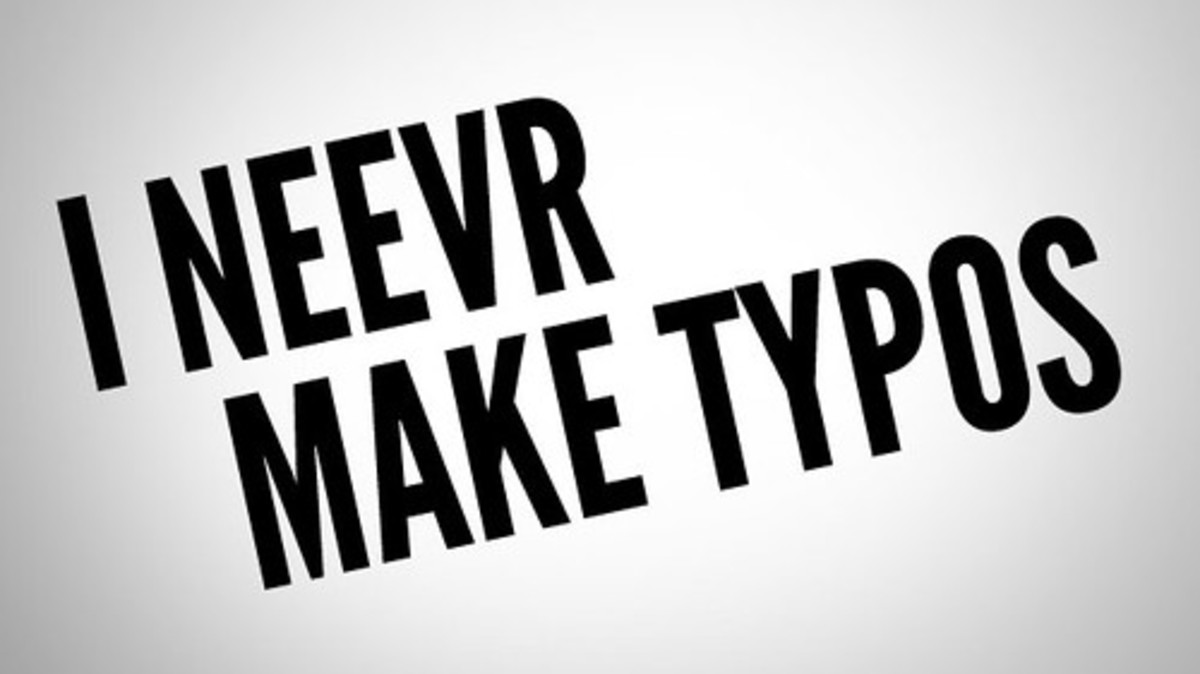
GLS's suggested attorney "Proofreading" best practices
We have prepared the following suggested best practice proofreading process to ensure consistently excellent results:
STEP 1: Use Spellchecker Software
By no means infallible, proofreading tools like "Grammarly" can certainly help your proofreading efforts. So, you should use spell-check software to sweep up all the obvious/easy mistakes quickly. Windows and iOS all include proofreading tools and there are plenty of free online spell-checker solutions for you to utilize.
Do not make the mistake of over-reliance on these tools as they are not perfect. However, as you use them you can introduce your own unique dictionary and generally teach them - the A.I. learning features of these tools improve the quality of the support they can deliver for you.
STEP 2: Proofread on paper
The reality is that proofreading on-screen is never as good as proofreading from a piece of paper. If your work is really important, you must proofread your writing from a hard copy of the document.
During this pass, you must look out for:
- Spelling (use a dictionary if in doubt and decide if you are using British or “American English”).
- Consistent tense – writers very often slip from past to present tenses in a single sentence or paragraph.
- Consistent use of singular/plural (e.g., using “I” vs. “we” throughout).
- Consistent use of first/third person etc. (e.g., using “we” vs. “the Company”).
- Remove biased writing.
- Remove or explain jargon (e.g., define each abbreviation the first time it appears).
STEP 3: Check Headings, Captions, Quotes, Etc.
It's easy to miss errors here unless they are read as separate items. Ensure that spelling is correct AND that the style/formatting is consistent.
STEP 4: Check Page Numbering, Clause Numbering, AND Cross-Referencing
Use automatic numbering and cross-referencing in documents wherever possible, and check for any “error” messages in the document.
Check that there are no manually written out cross-references. Golden Rule - please do not ever use manual cross-referencing - automatic cross-referencing was invented for a reason!
Check that paragraph numbering all runs logically.
STEP 5: Check The Spelling of Proper Nouns, And Contact Details
Never assume that you know how to spell a name. Double-check against an authoritative reference.
Finish with any unusual checks, such as math calculations.
STEP 6: Read The Document Backwards For Spelling
This is optional as reading a document backward can take a very long time, but it is highly worthwhile if you can afford the time.
Reading backward removes the meaning from the text, so you will be inclined to focus on the spelling of each word (and thereby catch many more errors!). This might be advisable if your document is particularly important and you cannot risk mistakes.
GLS Legal Proofreading™ - a 21 Point Checklist for Proofreading
At GLS, we apply a 21-point review checklist to maximize the accuracy and readability of documents.
By applying these 21 points to proofreading assignments, we can demonstrably enhance the editorial quality and clarity of your documents and reduce the turnaround time (and cost) required to finalize your documents.
The GLS 21-point proofreading check is as follows:
1. Spelling mistakes
2. Punctuation errors
3. Grammar errors
4. Typos - being short for typographical errors
5. Font size and type
6. Page numbering
7. Numbering accuracy
8. Version control numbering
9. Cross-referencing accuracy
10. Cross-index referencing
11. Table naming protocols
12. Correct use of defined terminology
13. Common mistakes (their/there etc.)
14. Active –v– passive sentences
15. Sentence and paragraph structure
16. Activation of hyperlinks/web addresses
17. Schedule and main body integration
18. Justification/paragraph alignment
19. Hanging and/or orphan text, including run-on sentences
20. Slang identification
21. Waffle identification
Ready for us to save you hundreds of hours per year?
GLS offers a cost-effective proofreading solution to reduce/remove the need to consume expensive internal or external legal resources when proofreading documents.
GLS Legal Proof Reading™ delivers a confidential, comprehensive, and accessible proofreading solution that achieves documentation excellence.
Ready To Transform Your Legal Team?
Please check out the GLS solutions and know-how resources listed on the right side of this page – they might assist your legal team with the issues explored in this Blog.
© The GLS Group - Law Rewritten
GLS Legal Ops Essentials: Tips & Observations
- Proofreading is the curse of all lawyers
- Proofreading is an essential skill that can be learned
- Proofreading is not lawyering, it is what comes after the lawyering is done
- Building a proofreading capability into your legal team can save your lawyers hundreds of hours per year
- GLS offers a very cost effective proofreading service delivered by actual lawyers

The GLS Legal Operations Centre
Register to access your complimentary Day 1 Resource Stack packed with legal team performance resources.
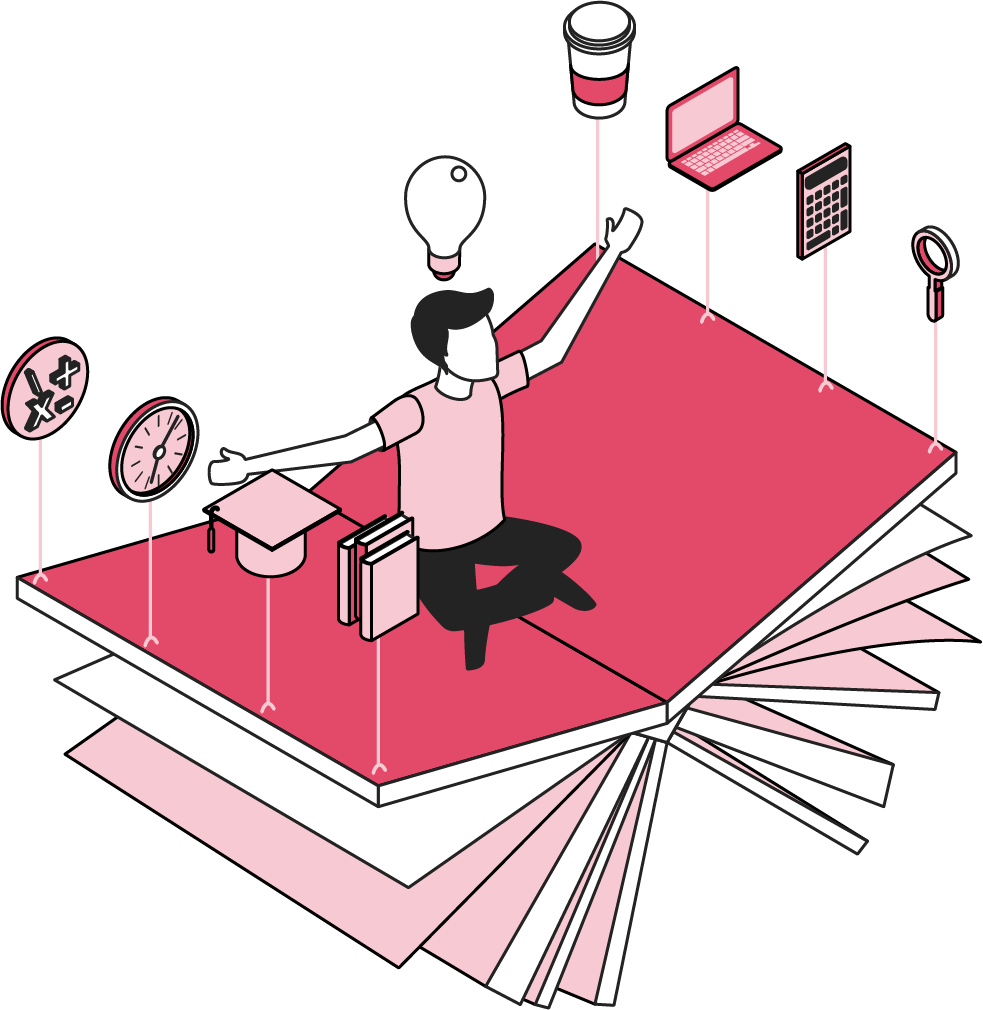
GLS Ultimate Guide To Legal Operations
Download this and read it thoroughly and regularly. It is a wonderful transformation companion.
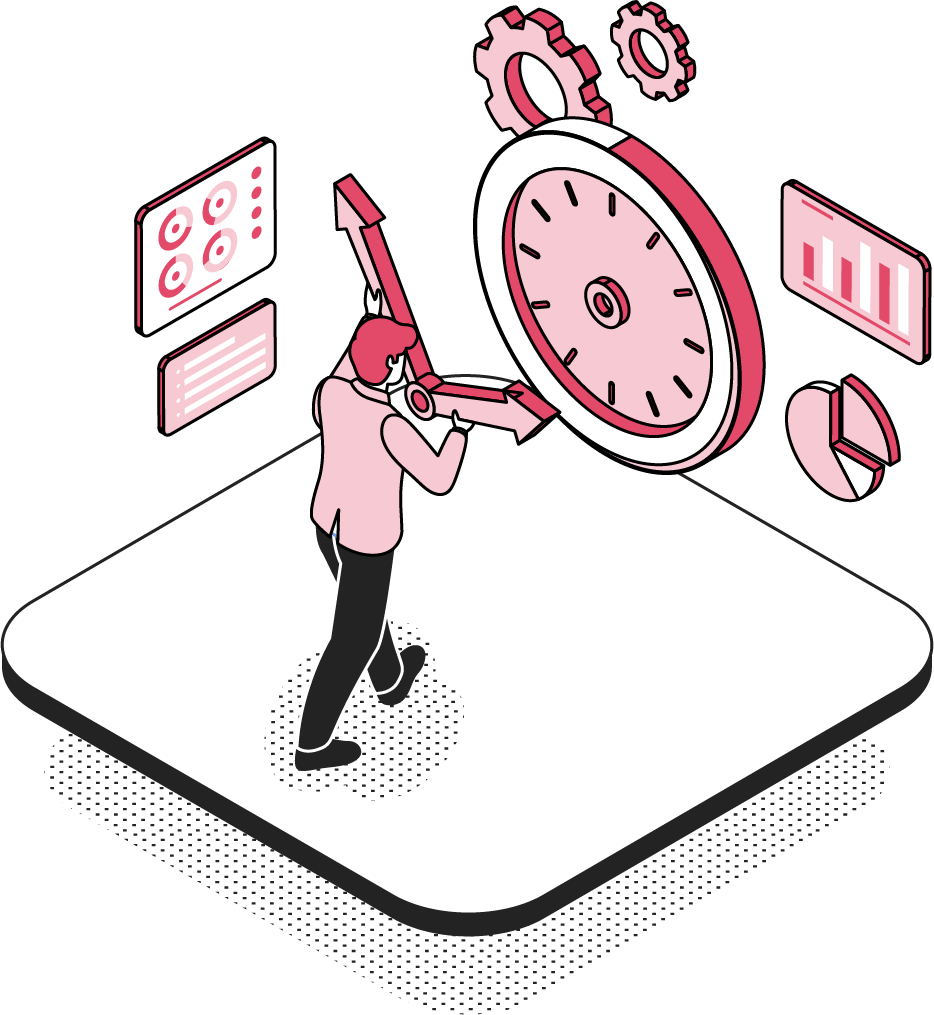
Book A No-Obligation Consultation
If you would like discuss your legal transformation needs, please book a 30 minute free consultation with us.

GLS Legal Transformation Boot Camp
Our hugely successful, 10-week long, email-based boot camp on how to effectively transform your legal team.


